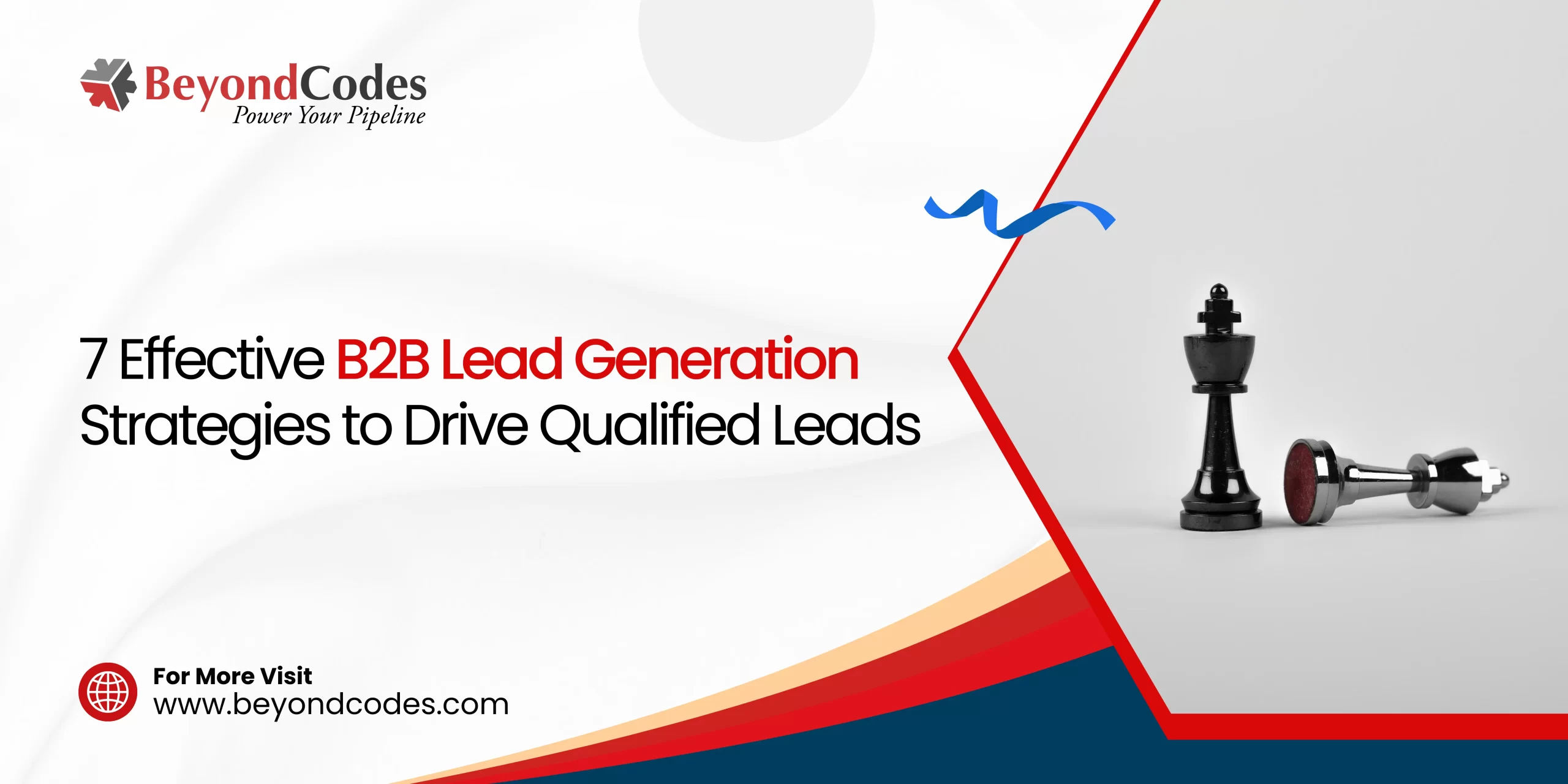Researching buyer behavior, we understand that sales probability increases 5 folds if you are the first solution provider to reach a hot prospect.
Sales teams across industries struggle to identify the client who is ready to talk solutions. Buyers are never open in discussing problems, by the time they start talking they are already discussing alternatives and the first-mover advantage is lost.
Years of studying the sales cycle have given great insights into identifying clues that help you catch the buyer when they are in the “Window of Dissatisfaction”, making them the prime targets for the next big sale.
Defining the Window of Dissatisfaction!
We now understand the buyer journey well enough to define 3 key buying stages as follows:
Status Quo
This is where a buyer is fine with the solution he has, which simply says that there is no motivation to change the situation (Status Quo). This state is quite complicated, simply because the prospect may not even be considering you, not because he has a satisfying product from a competitor but because he is not even recognizing the need for a new solution.
The challenge is that you are competing outside your generally identified competitors, many times with products or solutions that do not directly compete with you.
Option hunting
Once a need is identified the prospect gets into the Option Hunting mode. The challenge here is that the first-mover advantage is already gone, this prospect is now probably in talks with a couple of suppliers and you are now a laggard. Research has established that once the prospect starts independent research for a solution the buyer journey is already 57% complete. If you now enter the consideration set the chances of winning the order are just about 17%, this is a per research published by Aberdeen
Window of Dissatisfaction
This is the state where the problem is starting to make itself prominent. This is the stage in between the other two. It is a stage where the prospect is not clear about the kind of solution that will resolve the requirement. This is the stage where the organization’s focus has not reached this problem and thus they have not started working on finding the solution.
Research published by Forrester establishes that a vendor entering the buying cycle at this stage has a 74% chance of winning the contract. The prime reason is that most of your competitors don’t even know about this opportunity yet.
Starting to work with the prospect at this stage has a psychological impact. If your sales team can present a good solution to the prospect at this stage then selective perception plays in your favor. The buying team starts noticing your market presence, things like Ads, whitepapers are now seen with instant recognition and connect while the opposite is true for your competitors. They start to slip from the buyers’ subconscious mind.
The obvious question to ask is – how to identify this stage?
Identifying Window of Dissatisfaction
Presented below are a couple of the most well-documented buyer cycle markers to identify a buyer in the window of dissatisfaction.
Prospects with a timeline objection
We have all heard the proverbial “ Call me back in six months when we’ll be looking at this.” This typically leads the sales team to move a prospect to the nurturing bucket The reason is that the prospect is involved in other things and would talk about solutions in your space later.
The catch is that when you go back after 6 months the sale is already lost and your competitor is setting up the solution. This happens because the prospect was in the Window of Dissatisfaction during the first call and you did not recognize the signs.
Change your approach the moment you hear a prospect say “Talk to me in 6 month’s time”. This is a hot prospect right in the Window of Dissatisfaction. The best part is you probably are the first seller on this opportunity. Encash it, push the prospect to take small steps at a time. Read a case study or engage in a short exploratory meeting. This will start the buyer’s journey and you have a 3 quarter chance of getting the order.
”Do This” v/s “Buy This”
Pay close attention to what your prospects say. The “Do This” prospect is fairly and squarely in the window of dissatisfaction, whereas the “Buy This” prospect has shortlisted the solution and is probably in discussion with a number of suppliers.
Final Word
It is imperative to identify your prospects and then approach them with a solution. If you can connect with a prospect who is in the window of dissatisfaction will increase conversions and reduce the time spent in the sales cycle. The starting point continues to be your prospect connect, but the point of impact now moves to the attentiveness of your sales team.






